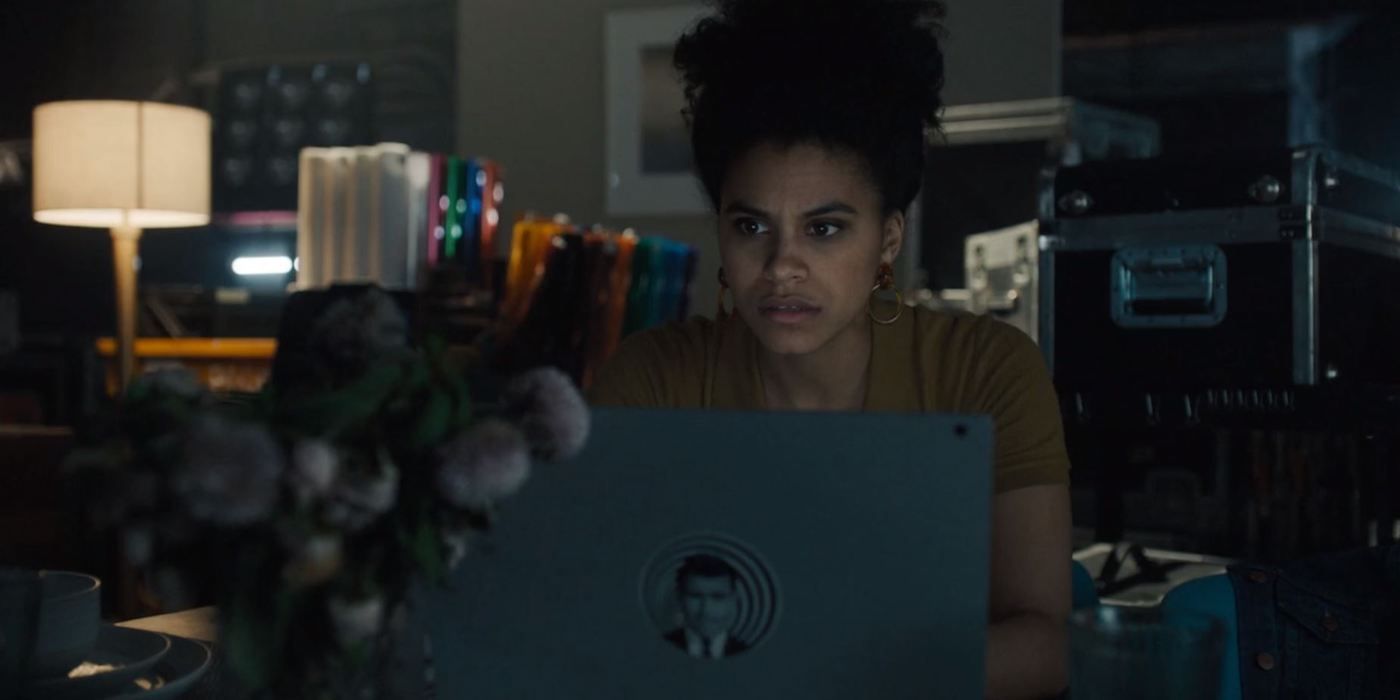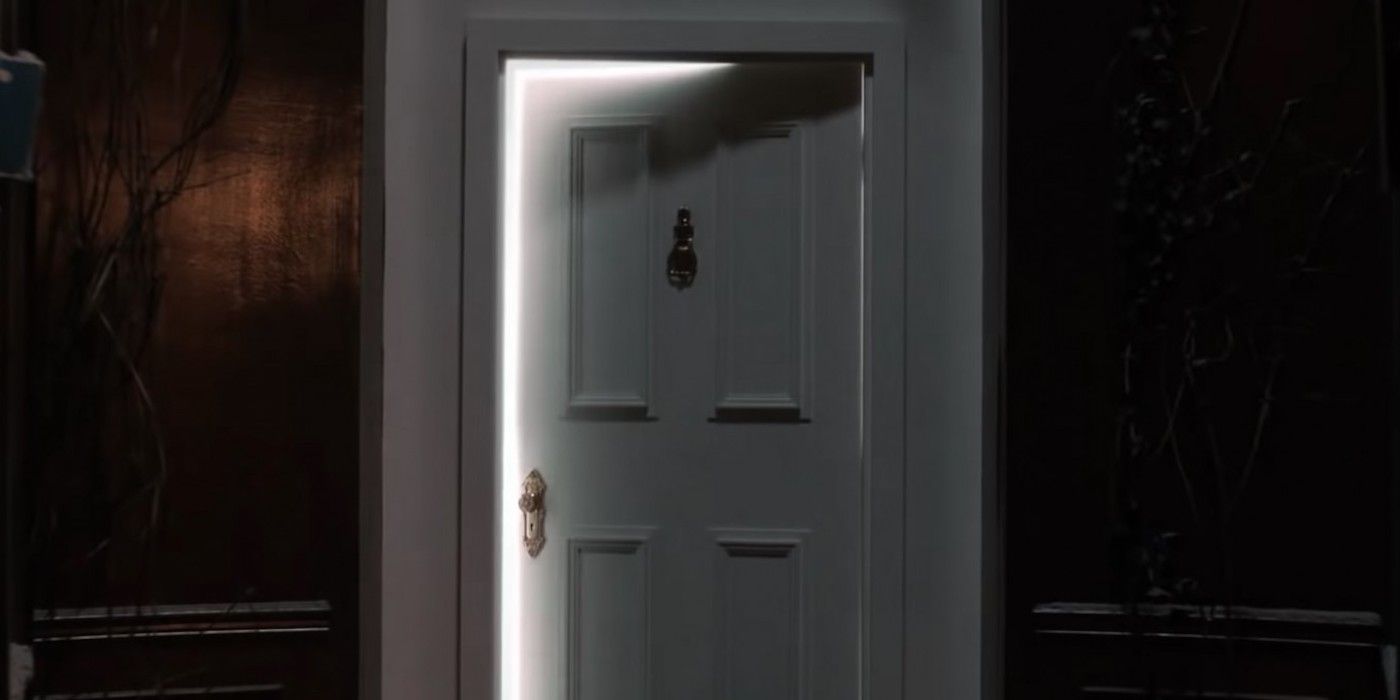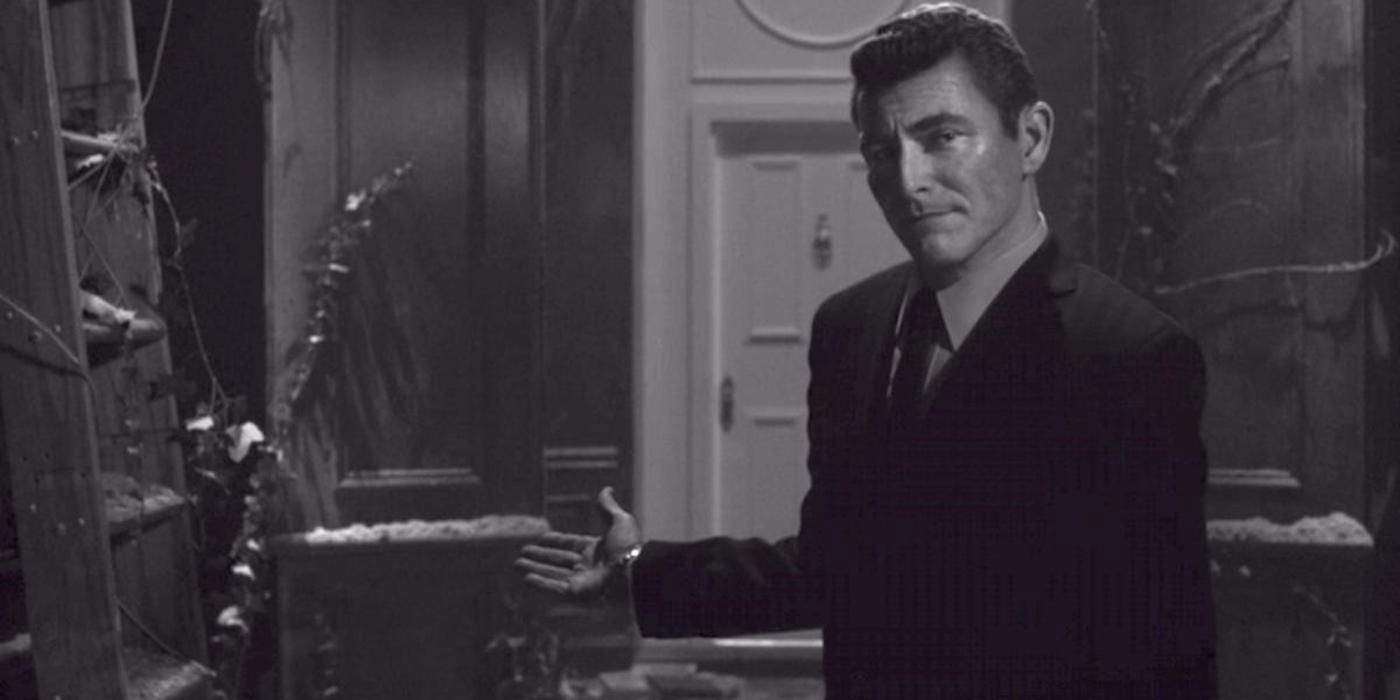WARNING: The following contains spoilers for The Twilight Zone, Episode 10: "Blurryman."
The Twilight Zone's season finale, "Blurryman," proves to be the reboot's most meta episode yet. The episode waxes on about how the show's stance is meant to elevate sci-fi and horror as provocative pieces of art, and not just campfire stories.
Sadly, the Narrator (Jordan Peele) butts heads with his main writer Sophie (Zazie Beetz), insisting this mindset is way too heavy and nothing's wrong with the show just being entertainment for cheap thrills. However, this provokes the Blurryman, a shadowy entity on the set, to attack Sophie for breaking her creative code, as she tries to scribe something simple for Peele to open the show with. As a series of scary events begin to unfold, though, Sophie being haunted by this force actually leads to the franchise's best cameo.
Sophie's stunned when she sees the Blurryman appearing in footage from all the episodes this season. It's pretty clear he's a ghoul stalking the show to ensure it doesn't become a mindless popcorn break from life, but with Sophie willing to compromise her belief in the medium, she's fallen into his crosshairs.
He uses telepathy to bring the sets down around her, and just when she thinks she's going to die, she's teleported to her childhood in black and white. There, she sees herself in awe of how inspirational the original Twilight Zone episodes from the '50s and '60s were to her. So, she decides she can't do what Peele wants. Upon this realization, Sophie is approached by the Blurryman, who turns out to be none other than franchise creator and the very first narrator, Rod Serling.
Serling oversaw five seasons, totaling 164 episodes, from 1959 to 1964. The franchise would see a couple reboots in 1985 and 2002, but sadly, they wouldn't have Serling's stamp on them, as he died at age 50 in June 1975. What makes his cameo here so special is that it isn't gratuitous at all and actually sticks to his real-life persona.
Serling was active in politics, both on and off the screen, and helped to reform television industry standards. More so, he uplifted the quality of storytelling and believed TV was more than just networks and cable. He garnered the nickname of Hollywood's "angry young man" along the way, as he clashed with television execs and sponsors over many issues such as censorship, racism and war. It's why his character as the Narrator here doesn't want Sophie bending to Peele's wishes. But as the digitized Sterling presents himself to the writer, he isn't angry anymore.
Instead, he believes Sophie has transcended the world the show's based in and wants to take her home, so to speak, to the realm she belongs in -- the Twilight Zone. Sophie's idol ushers her towards the door that famously opens in all the episodes' opening credits, and he takes her inside, where they can get lost in the awe and mystery of this dimension, letting their imaginations roam free.
It's a pretty big fanboy moment for those passionate about the show, which comes totally unexpected. "What do we do when our world is turned upside down? When everything we thought to be true is ripped away and we're forced to face a new reality? Sophie Gelson has just awoken to the fact that when we put away childish things, we may be closing our eyes instead of opening them, and that perhaps our only hope is to face our reality," he tells the audience as they enter the door.
"A multitude of truths not shrinking from that vital, arrogant, fatal, dominant X beyond imagination, but to embrace it. To open ourselves to the unknown. Not the end of the story, but a new beginning... for the Twilight Zone," he concludes as they disappear forever, capping the season off on a brilliant note and one that's faithful to Serling's vision from the very start.
Hosted and produced by Jordan Peele, Season 1 of The Twilight Zone is available on CBS All Access.



